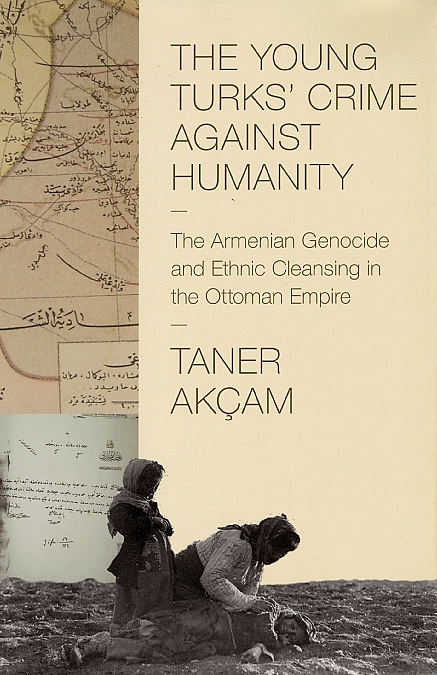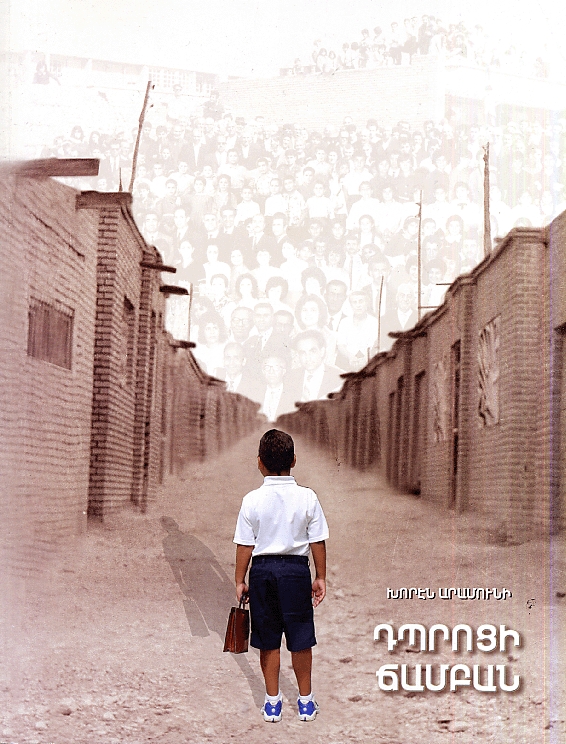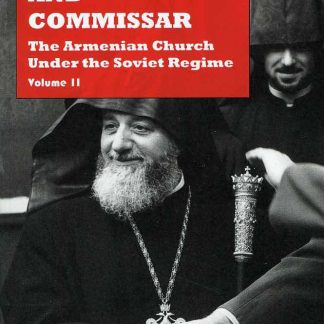Description
Part of a two-volume set, this volume explores the history of the Armenian Apostolic Church under Soviet rule. Initially flourishing across the Russian Empire, the Church briefly enjoyed greater religious freedom after the February 1917 revolution. However, the Bolshevik regime imposed severe restrictions after October 1917: churches were seized, clergy were taxed and jailed, religious education was banned, and international ties were severed. By 1938, Stalin's purges had devastated the Church, culminating in the murder of Catholicos Khoren and the closure of almost all churches.Volume 2 continues the history of the Armenian Apostolic Church in the Soviet Union, focusing on the leadership of Catholicos Vazgen I, who served from 1955 until 1994-the longest tenure of any religious leader in the USSR. Chosen by the KGB after a lack of suitable Soviet-based candidates, Vazgen publicly supported the Soviet regime but worked quietly to strengthen the Church's presence at home and abroad. The Church's seminary at Echmiadzin grew, and diaspora ties were cautiously encouraged, though most parishes remained isolated.
Despite the appearance of normalcy, the Church operated under heavy restrictions. Major decisions were often made by the state, and KGB agents were placed among the clergy. The harsh anti-religious campaigns of the Khrushchev era forced the closure of many churches. After Khrushchev's fall, restrictions eased somewhat, but the Church remained passive, neither resisting nor expanding.
Major change came under Gorbachev's reforms in the late 1980s. Long-suppressed Armenian national aspirations, especially around Nagorno-Karabakh, erupted, followed by the 1988 earthquake. The Church responded with new community efforts. Though initially cautious about independence, Catholicos Vazgen eventually played a key role in legitimising the new Armenian state and reaffirming the Church's place as its official religion.
Like Volume One, this book draws from extensive archival research, memoirs, and interviews to tell the story of how the Armenian Church and its followers navigated Soviet repression and shifting political landscapes.






